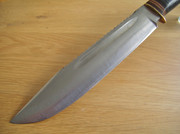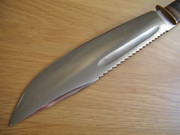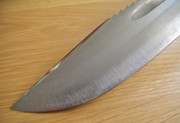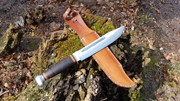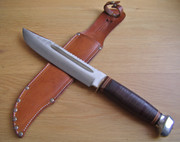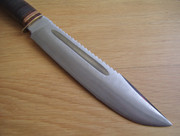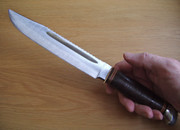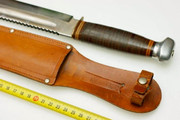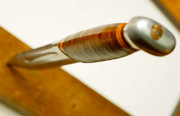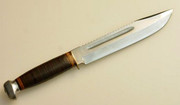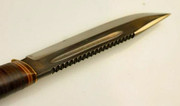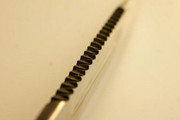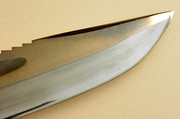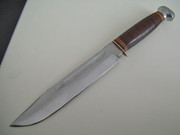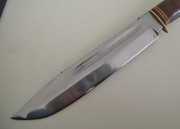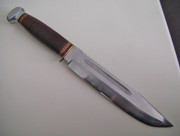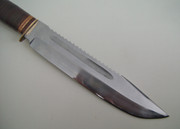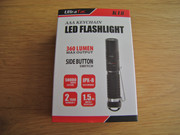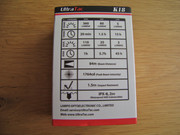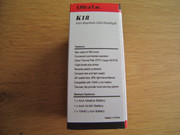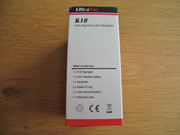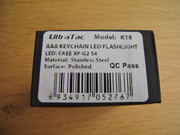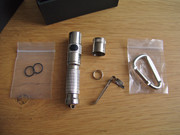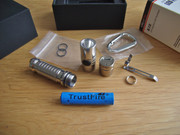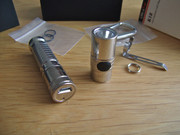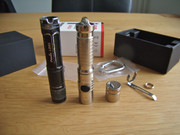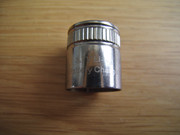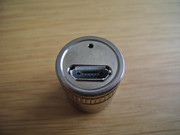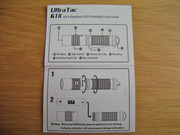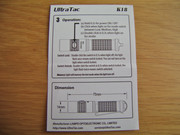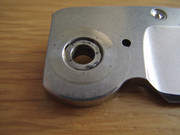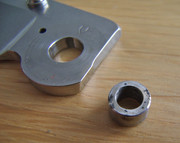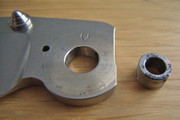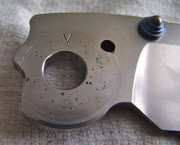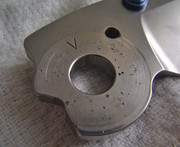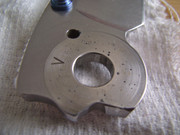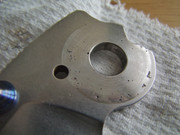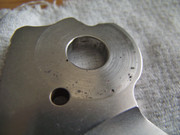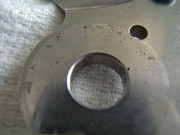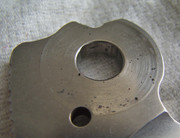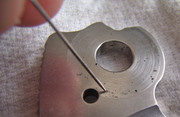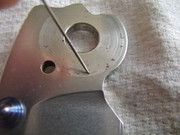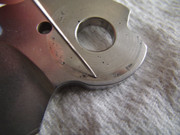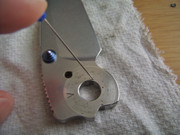I don't know if CRK grease would have done a better job protecting the blade from the orange juice, but my guess is that most lubricants would have been dissolved by the citric acid, especially given the repeated & prolonged exposure to it.
From testing a few years ago i've learned that the citric acid in just one lemon was enough to corrode the sharp apex away from the edge on a ZDP-189 kitchen knife in about 15 minutes after cutting the lemon into slices and not washing or rinsing the blade afterwards.
In a corrosion test done on a few forums a while ago by member Loonybin a product called Eezox proved to be the clear winner, while Nano-Oil finished somewhere in the middle of the pack, and CRK grease wasn't tested.
On the subject of lubricating properties however (which weren't part of that specific test) Loonybin stated that 5 weight Nano-Oil was the best lubricant he had ever come across.
Personally i like & use all of the Nano-Oil products, from the 5 weight to the Nano-grease, and so far i've found nothing better.
I even use Nano-Oil products as additives in both the engine & transmission of our 11 year old Toyota, and fuel consumption changed from +/- 1 in 12,5 km to +/- 1 in 15 km.
I don't think that the Nano-Oil itself played a part in the corrosive reaction on this Sebenza, nor have i ever found this to be the case when using it for any other applications.
The Sebenza is now put together again using only the 5 weight Nano-Oil, as besides very good lubricating properties this almost watery thin version also has very good penetrating properties, something i think could be of benefit with this degree of pitting in the blade steel.
The knife action feels like new again, and the pivot pitting doesn't translate into any tactile feedback.
Something to consider when using Nano-Oil is that although the various oils themselves do take part in the initial lubrication process, their main function is to act as a transport mechanism for the nano particles, which are responsible for the more long term lubrication once they are embedded in the phosphor bronze and the blade steel.
To get maximum embedding i re-assemble the knife with a few drops of oil on washers & pivot area, then proceed to overtighten the pivot, open & close the blade several times (so while the blade feels a bit stuck), and then open the pivot screw just enough so the blade falls closed when the lockbar is held to the side.

